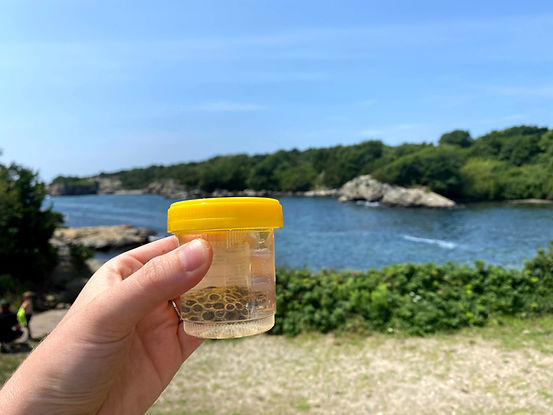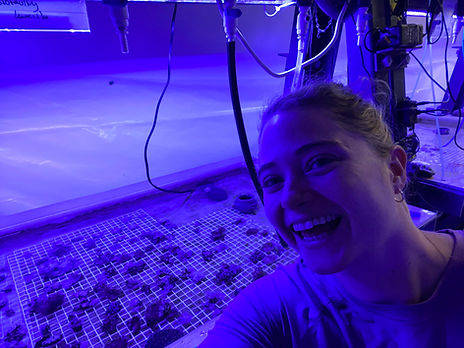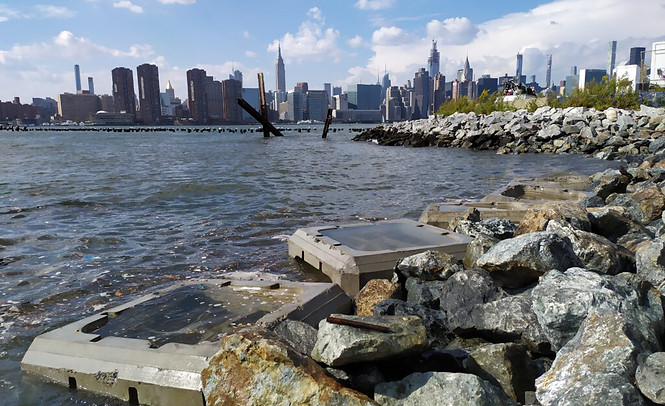CURRENT
RESEARCH AREAS

Coral Energetics
The global decline of coral reefs is well-documented, with rapid losses of coral cover worldwide. Rising temperatures disrupt the symbiosis between tropical corals and the algae that live inside their cells that provide up to 90% of their energy. When temperatures get hot enough, the algae leave coral tissue, effectively “starving” the coral animal. I am captivated by the energetic trade-offs these corals must make in the face of such disruption—and how conservation strategies can help mitigate these impacts.
For the first chapter of my dissertation, I conducted a comprehensive literature review and synthesis of over 200 studies on coral energetics, identifying critical research and management priorities for the future (manuscript currently under review at Coral Reefs). One key finding of our review was the variability in energy strategies among coral species, underscoring the need for species-specific approaches to conservation.
A major challenge in studying tropical corals is their obligate relationship with algal symbionts—without which they cannot survive. In contrast, the local New England coral Astrangia poculata exists in a facultative symbiosis, thriving with or without its symbionts. This unique flexibility allows researchers to disentangle the energetic contributions of the coral animal and its symbionts.
In a three-month lab experiment, I manipulated light and food levels in symbiotic and non-symbiotic A. poculata to explore how different feeding strategies (symbiont-derived versus host-mediated) influence coral energy balance. Our goal is to use these data to build a dynamic energy budget model, which will quantify the role of symbionts in coral energetics. Ultimately, we hope that insights from this model system will elucidate the energetic dynamics of symbiosis to help A. poculata's struggling tropical cousins.


Urbanization & Ecotoxicology
When we think about the effects of urbanization on nature, we often focus on plants and animals within cities. However, marine coastal ecosystems downstream from urban centers face unique challenges. Runoff introduces excess nutrients, microorganisms, and chemicals, creating local pollution that can interact with global climate stressors such as rising ocean temperatures to compromise resilience.
My research examines how these local stressors—nutrient and bacterial pollution—combine with global changes to affect resilience in two species: Astrangia poculata (a New England coral) and Brevoortia tyrannus (Atlantic menhaden, a commercially important fishery). At its core, my work seeks to answer the question: How resilient are marine organisms to local stressors in the face of global change?
In a large-scale experiment, I exposed A. poculata to varying levels of pollutants and temperatures (ambient vs. elevated) to study their combined effects on coral physiology and metabolism. The results revealed surprising interactions between nutrient pollution and temperature stress, shedding light on the complex dynamics that shape resilience. I am currently preparing a manuscript for Marine Pollution Bulletin and a policy brief for environmental managers based on these findings.
My work on Atlantic menhaden resilience is a collaboration with NOAA’s Ecosystem Dynamics and Assessment Branch. Instead of a lab-based experimental approach, I use observational data from the Rhode Island Department of Environmental Management’s menhaden spotter pilot program and water quality measurements from Narragansett Bay (a polluted estuary). Using quantitative models, I am exploring how menhaden abundance in the Bay correlates with environmental factors such as oxygen levels, nutrient concentrations, and temperature. This ongoing collaboration is an exciting opportunity to connect field observations with actionable insights—stay tuned for updates!
